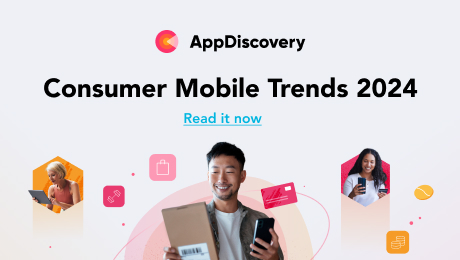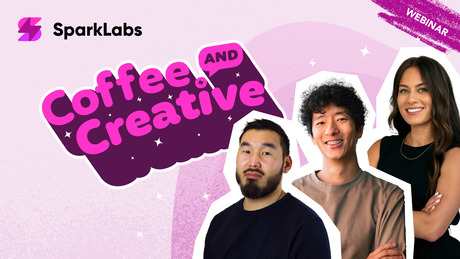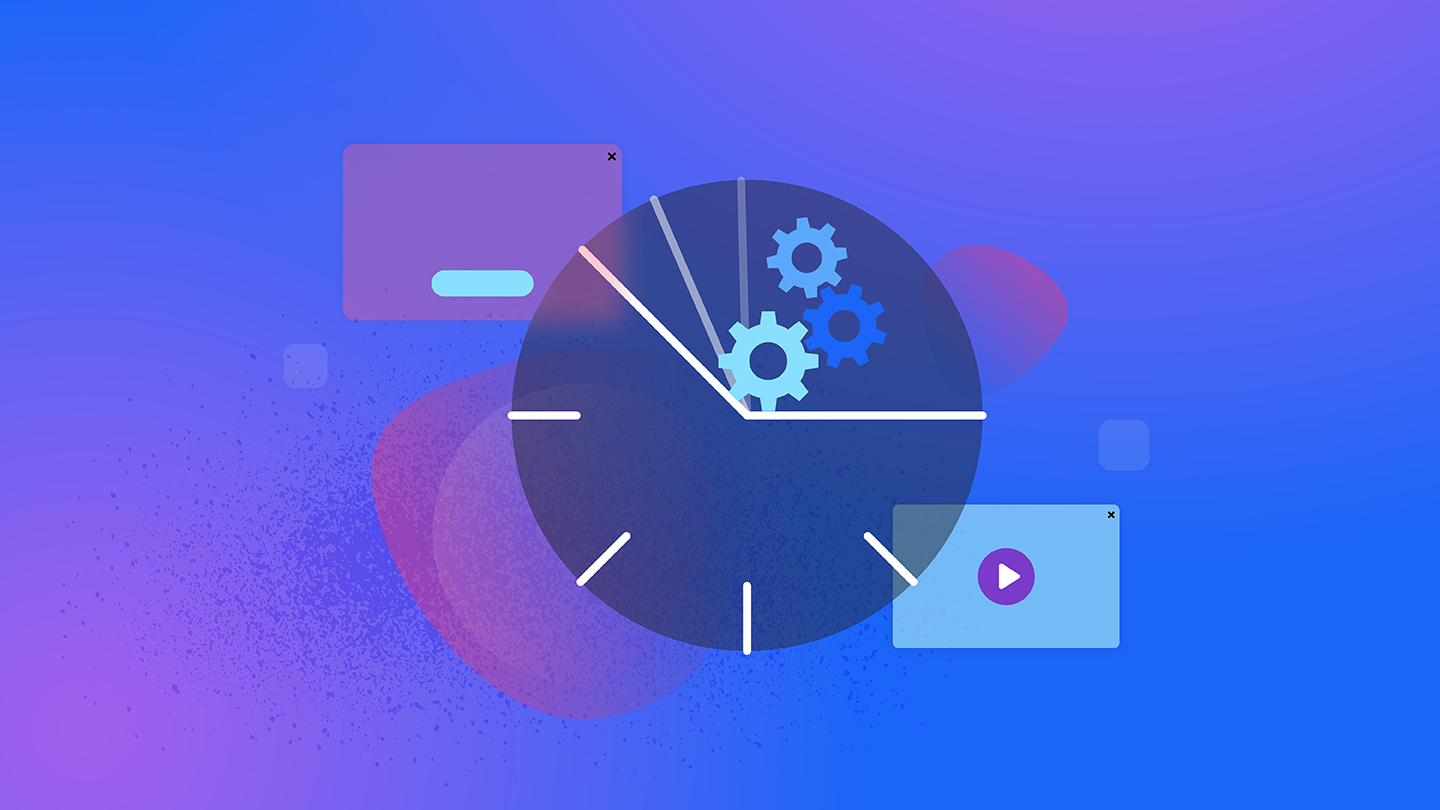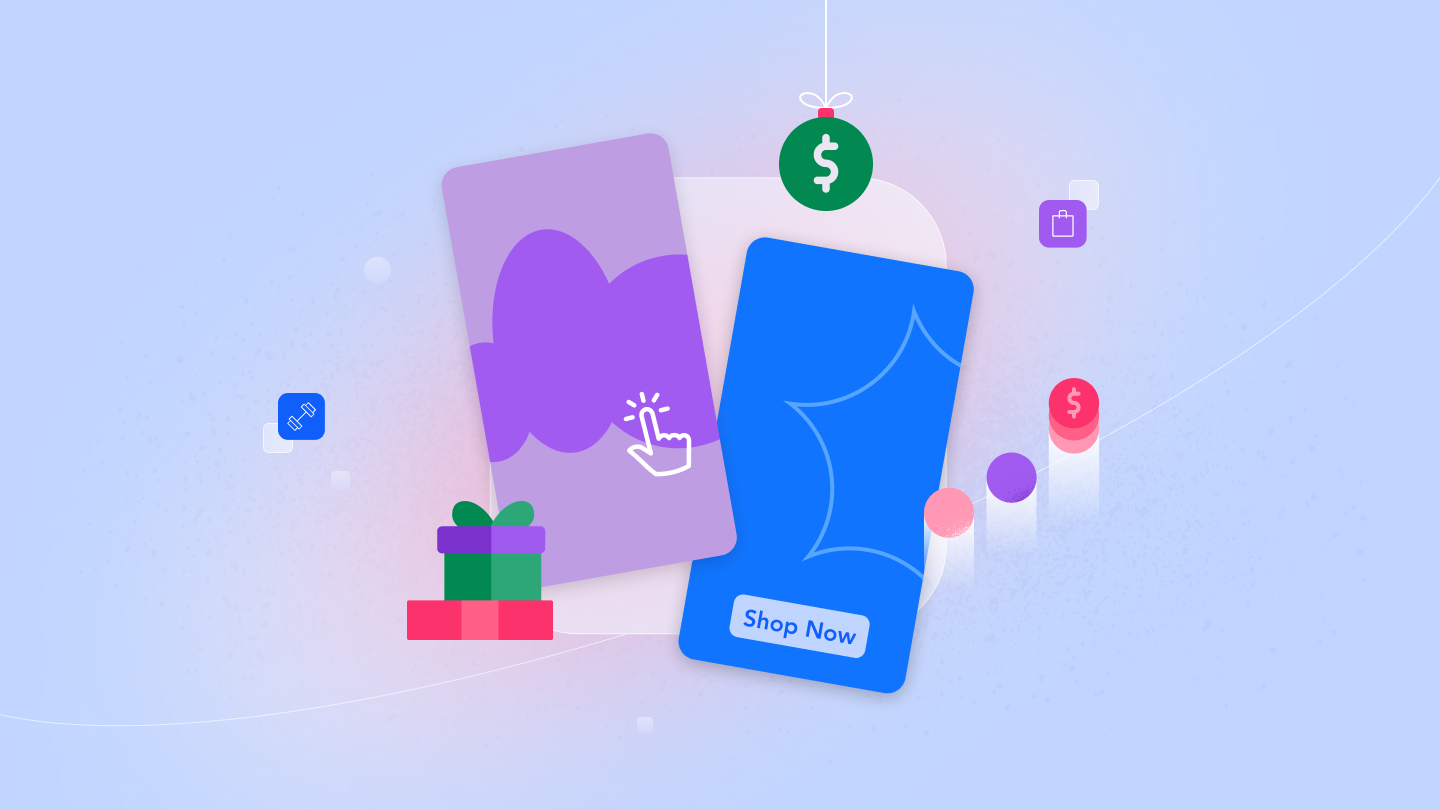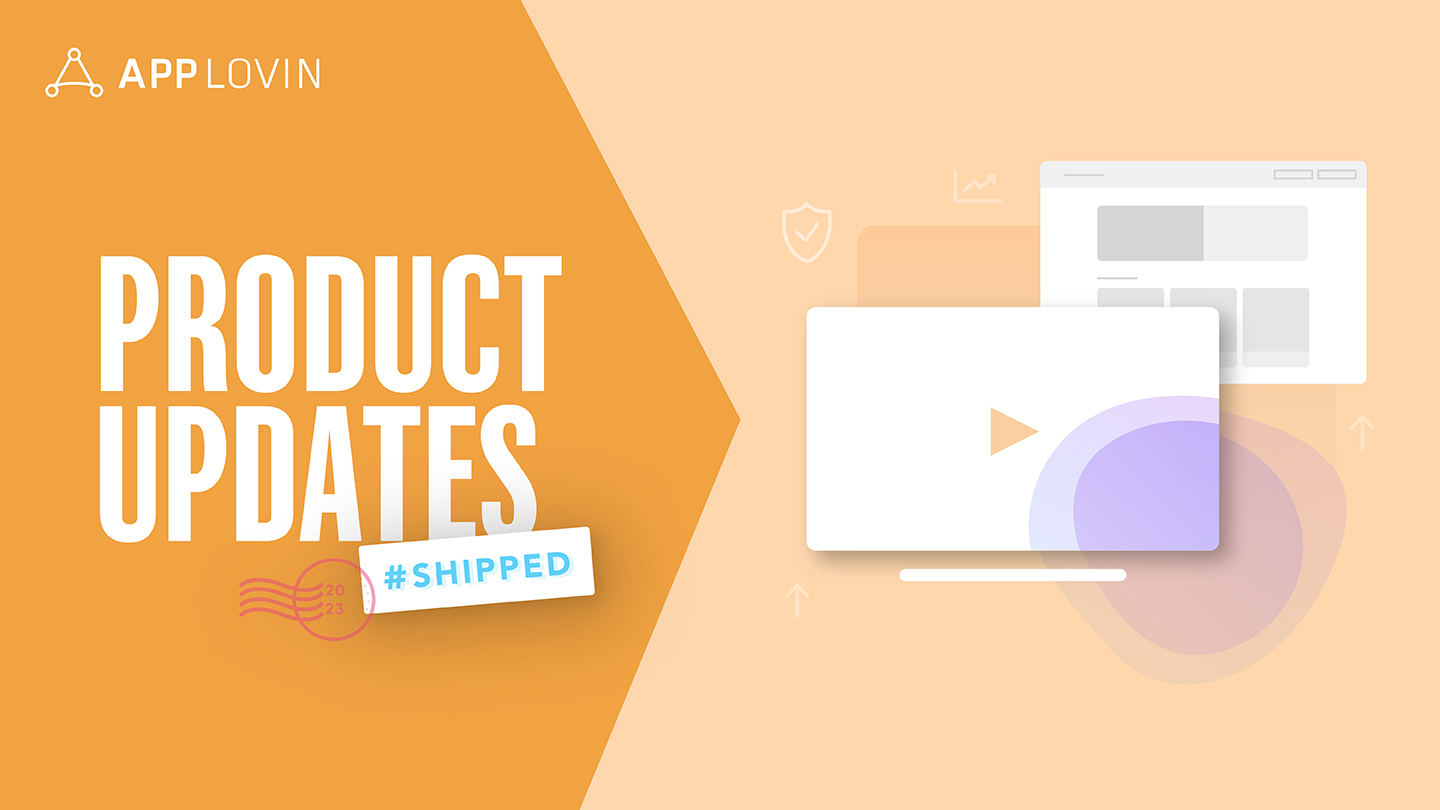AI is changing the way ads are created, from generating copy to improving animation.
These changes can ease the heavy lifting for creative teams and reduce the time to market for brands eager to push campaigns live. But what other impacts, positive and negative, might AI have on mobile and digital ads? Has it truly revolutionized advertising?
As these technologies evolve, they have the potential to simplify and improve efficiency within creative processes. Brands and creative teams will be able to launch campaigns faster and more easily — while still requiring the touch of human creativity.
Streamlining creative operations
Generative AI’s most significant impact on advertising is its ability to streamline creative operations. From creating copy outlines to improving animation, AI tools reduce the time and labor that have historically been required to create ads.
AI tools can take on mundane and sometimes costly tasks, like generating narration using text-to-speech or translating subtitles. As Jessica Dolan from SparkLabs pointed out in our AI in Ad Production webinar, “Speaking from experience – years ago when I studied animation, some of these edits, like masking out a character to separate them from the background, would take hours to do manually, frame-by-frame. Now, with tools like Runway ML, that same edit can be done in minutes.”
Jessica confirms that these capabilities not only speed up production times, they allow creative teams to focus on higher-level strategic tasks and ideation. “Our team has been empowered by these tools because they cut out a lot of the tedious, busy work that wasn’t creative.”
Mastering AI prompts drives even more efficiency
The effectiveness of any generative AI tool hinges on the quality of prompts it receives, which makes prompt engineering a critical new skill for creative professionals. A well-crafted prompt leverages the tool’s capabilities without oversimplifying the task or leaving too much room for irrelevant or unhelpful responses. This requires an understanding of the technology’s potential as well as its limitations.
Jaden Cheng from the SparkLabs team notes that the majority of AI tools “are based on natural language and are easy to learn, but it is worth it to read the prompt guides and leverage online communities and resources.” In addition to leveraging these to learn the basics, there is a growing number of online resources that offer prompts specific to particular tools and use cases.
As users become more proficient with prompts, they can reduce the number of iterations, driving even more productivity and efficiency for their team.
The enduring need for human creativity and intelligence
Despite AI advancements, the need for human creativity and intelligence remains — and always will. Generative AI is a tool that can support the creative process, but it can’t replace the human touch. It will never have a nuanced understanding of market trends, emotional intelligence, or the strategic insight that a creative professional brings to the table.
Cheng shared an example:
As an analyst, I was excited when ChatGPT Code Interpreter came out, expecting it to make my analysis work much easier. But when I tried it, I realized that it’s better at automating tasks than jobs. It was a great help with analyses, but it still needed me to highlight and prioritize what to analyze.
Creative humans are needed not only to make requests of generative AI but also to refine (or reject) its outputs. More importantly, it takes an actual person to ensure the final creative products resonate with audiences on an emotional level. As they shared in the 2024 Creative Trends report, the SparkLabs team learned early on that AI can help produce ads more efficiently, but it doesn’t necessarily help drive better results.
Revolution? Revelation? Or just an incredible productivity tool?
While generative AI offers clear benefits, there are challenges and considerations to navigate. Relying too heavily on AI could lead to similar-looking concepts and messaging, reducing originality and creativity.
We shouldn’t overlook the ongoing ethical concerns about the originality and attribution of AI-generated content. Creative professionals need to be cautious when using AI-generated assets of any kind. Human oversight and compliance with ethical guidelines are key to using AI effectively while maintaining the integrity and diversity of creative output.
Ultimately, generative AI has less potential to revolutionize ad creative than it does to revolutionize the processes behind the creatives. The technologies are best used as augmentative tools, complementing the irreplaceable capabilities of creative humans. Creative teams can maximize the potential of AI tools by using them to streamline workflows – while protecting the creativity, sensitivity, and humanity that both brands and consumers value.
Want to learn more about how SparkLabs, our in-house creative team, is using AI tools?
- Check out the report, Performance-Driven Ad Trends 2024, packed with real-life examples of their work
- Watch the 30-minute webinar, AI in Ad Production, the first in our “Coffee and Creatives” series.
